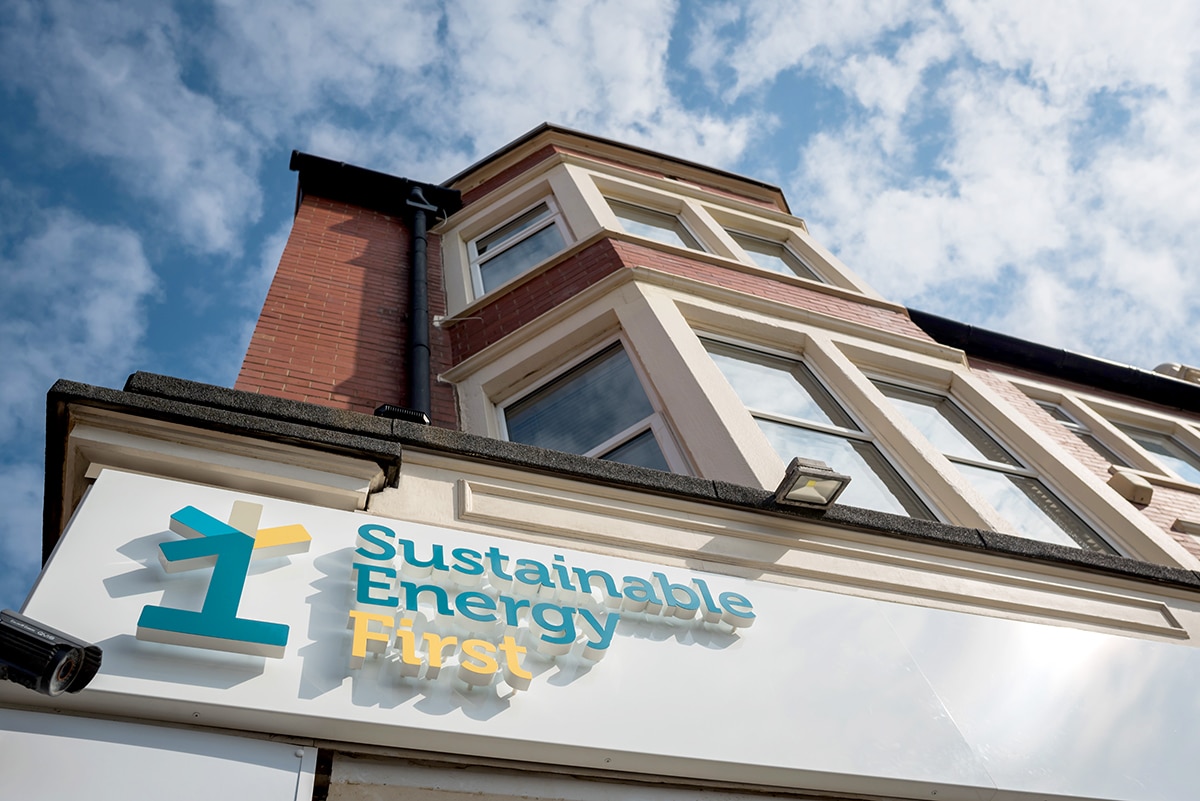Inenco recently held three ‘Procurement Seminars’ in Wakefield, Leicester and London. The seminars were focused on energy procurement, but more specifically appetite for risk. The aim of the seminars was to provide attendees with a deeper understanding of their energy costs, how to manage them and how to improve their energy buying for the future.
Here, we summarise the key messages from the seminars.
An introduction to buying energy with Kevin Jackson, Lead Consultant
Kevin opened the seminars with an introduction on buying energy and a breakdown of the energy bill:
The energy market is unpredictable with many influencing factors, from weather to the economy. Time is the most important consideration when it comes to buying energy – being prepared for market volatility can assist in your buying decisions.
Unless businesses are proactive with their energy, they could become complacent. It is better for businesses to be proactive rather than reactive and to stay ahead of the energy curve. There are many options for buying your business energy but above all else, it is dependent upon your appetite for risk.
The commodity market with Matt Osborne, Principal Risk Manager
Understanding the market is about getting the right view of where prices are going and employing the appropriate risk management strategy. To do this, we need to understand the drivers of the market, such as oil costs: are they bullish (on the up) or bearish (going down)?
One of the main modern influences on the market is geopolitics – with tensions growing in North Korea and liquified natural gas (LNG) becoming a key price driver, now more than ever our energy is costing us more. From a macro-economic point of view, we are still dealing with the eurozone debt crisis, and now Spain looks like it is splitting. We also need to understand what is likely to happen to demand, such as emerging markets now appearing weaker in places like China, India, and of course the UK has Brexit to contend with.
Other factors within the market such as holiday season, inventories and stockpiles are quickly becoming one of the biggest influencers of shale gas. Supply and demand of shale gas is currently looking comfortable, with LNG sources from US and Australia coming into the UK.
Once you’ve understood what’s driving the market, you need to examine your risk vs reward profile and decide how you will operate in the market; whether that be a fixed, or flexible strategy and if you wish to unlock and relock your energy to buy energy at a lower price.
These factors influence the commodity element of your energy bill and setting and documenting a coherent strategy is critical to controlling such risks.
Non-commodity charges with Kevin Jackson, Lead Consultant
Your energy bill is made up of lots of charges you would expect, for example the supply and delivery of your energy and what you consume. Non-commodity costs make up around 50% of your energy bill a month and consists of supplier costs, admin, billing, taxes and the transportation of your energy.
Non-commodity components are split between fixed and variable costs based on time and season, for example the Contract for Difference Levy (CfD) is a fixed cost while Distribution Use of System (DUoS) is a varied cost – these appear on your bill alongside Climate Change Levy (CCL), Carbon Reduction Commitment (CRC) and more. Just over 30% of these non-commodity costs can be impacted by using energy at a different time and consequently reducing your bill by up to 15%, which could amount to a large saving.
One thing to look out for is the end of CRC in April 2019. The cost of this will be absorbed by the CCL charge on your bill, which we would expect to increase, especially with the Renewable Obligation levy (RO) increasing further. Since 2012/13, it is said to have increased by over 200% for 2017/18.
Improve your buying for the future with Robin Preston, Sales Director
Robin closed the seminars with the key steps to take to build a fully formed energy buying strategy:
- Firstly, identify your goals and choose the appropriate strategy to match your appetite for risk
- Choose the right supplier and the right contract type that enables you to implement your strategy
- Execute your strategy to optimise your energy costs by purchasing from the wholesale market and repeat
Energy procurement is all about what’s right for you and your business, from the strategy you take to the supplier you choose, all the way to your energy aims and budgets. Above all, remember that energy procurement is part of an integrated strategy and that a good strategy can help you to achieve your energy aims and improve your procurement for the future.
To access the presentation slides from the seminars, please click here. If you would like to speak to our experts about your energy procurement strategy, call us on 08451 46 36 26 or email enquiries@inenco.com





